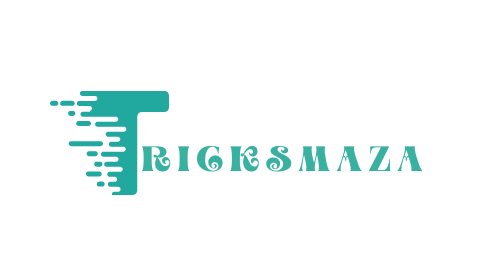The Rubik’s Cube, an iconic puzzle from the 1980s, still captivates minds worldwide. If you’re eager to learn how to tackle this challenging puzzle, you’ll find that a clear, methodical approach is the key. Here’s a step-by-step guide on how to solve a Rubik’s cube, laid out in ten straightforward steps. This guide is perfect for beginners and those needing a refresher.
Step 1: Understand the Cube’s Layout
Begin by familiarizing yourself with the structure of the Rubik’s Cube. It consists of six faces, each with a unique color. The center pieces of each face are fixed and dictate the color that each face must ultimately show. The cube also has movable edge pieces (with two colors) and corner pieces (with three colors). Understanding how these pieces move and affect each other is the foundation for solving the puzzle.
Step 2: Create a Daisy on the Top
The first step to solving the cube is to form what cubers often call a “daisy” on the top of the cube. Place the white edge pieces around the yellow center piece to form a cross that looks like a daisy flower. This step does not require you to match the second colors of the edge pieces to the side centers just yet.
Step 3: Form the White Cross
Transform the daisy into a white cross on the cube’s bottom face. Carefully rotate the top edge pieces down to the bottom, aligning the white edges with the white center. Make sure each white edge also aligns with the center pieces of their secondary colors. This setup is crucial as it forms the basis for correctly solving the first layer.
Step 4: Solve the White Corners
Next, tackle the white corners. Each white corner piece should be placed to match not only the white edge already in place but also the colors of the adjacent sides. Position the corners correctly using a sequence of moves that doesn’t disrupt your white cross. This step might require some practice as it involves recognizing how different moves affect the cube.
Step 5: Complete the Middle Layer
With the white face completed, turn the cube over so the white is now on the bottom. The next task is to solve the middle layer by placing the edge pieces into their correct spots without any white color. Use specific algorithms designed to insert these pieces while preserving the integrity of the already solved white layer.
Step 6: Make a Yellow Cross on the Top
Now, focus on the cube’s top, where you should work on forming a yellow cross. At this point, don’t worry about the arrangement of the side colors of the cross pieces. The goal is to first form a cross irrespective of the colors on the edges. You may need to perform a specific algorithm a few times to get the cross.
Step 7: Solve the Yellow Edges
Once you have your yellow cross, align these edges with the corresponding center colors. This step ensures that not only is the top face cohesive, but it also aligns correctly with the middle layer beneath it. Adjust these edges using an algorithm that targets these specific pieces, rotating them into the correct orientation.
Step 8: Position the Yellow Corners
After the edges, position the yellow corners so that each is in the correct location relative to the center pieces. At this stage, the corners do not need to be perfectly oriented—just positioned correctly. This can involve a few moves and might be one of the more challenging aspects of solving the cube.
Step 9: Orient the Yellow Corners
With the corners in the right place, the next step is to correctly orient them so that the yellow stickers are facing up. This process usually involves a set of moves that you repeat several times to adjust the orientation without moving the corners out of place.
Step 10: Finish the Cube
The final step involves making any necessary tweaks to ensure that all middle layer edges are correctly aligned and that the entire cube shows uniform colors on all sides. After this adjustment, your Rubik’s Cube should be solved.
Conclusion
By following these ten steps on how to solve a Rubik’s cube, you will be able to tackle the puzzle methodically and efficiently. Remember, solving the Rubik’s Cube is not just about quick fingers; it’s about understanding the process and practicing. The more you practice, the quicker and more intuitive your solving will become. Each step builds on the previous one, creating a comprehensive path to solving that anyone can learn and improve upon over time.




More Stories
Best Online Cricket ID- Profitable Betting
How Character AI Can Help Social Isolation
Salsa Dance vsBallroom Dancing: A Quick Guide